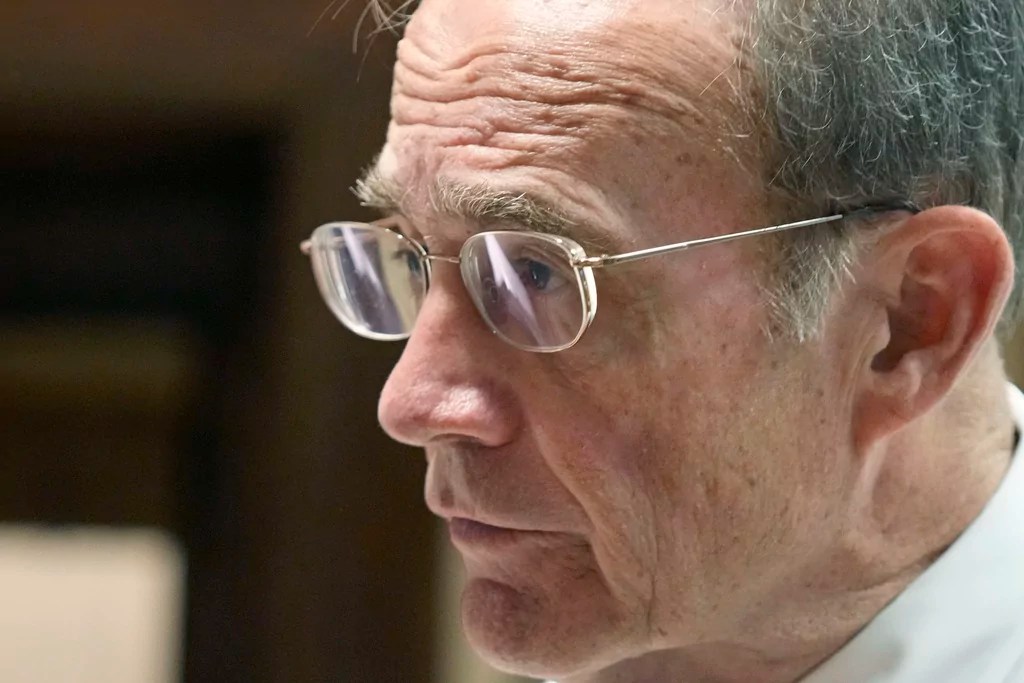SVB collapse: A timeline of the bank’s demise
Silicon Valley Bank, previously unknown to many, made headlines after experiencing one of the biggest bank collapses since the 2008 financial crisis. The bank collapsed due to high interest rates, a questionable work culture, and a lack of risk management. This caused panic and uncertainty in the financial world. At the end of 2022, the bank had around $209 billion in total assets and roughly $175.4 billion in total deposits.
Timeline of the SVB collapse:
The beginning (March 8): SVB announced that it needed to raise $2.2 billion. CEO Greg Becker assured investors the bank was in the “financial position to weather sustained market pressures” and there was no need to panic.
The collapse (March 10): Panic ensued among investors despite Becker’s assurances. SVB’s stock fell by over 60%. On March 10, the Federal Deposit Insurance Corporation announced it had closed the bank, moving its remaining assets to the newly created Deposit Insurance National Bank of Santa Clara.
The fallout: Fears about which banks were misjudging the cost and lifespan of their deposits and questions about the yield and duration of their assets were raised amid the collapse of SVB. This resulted in the stock of several leading bank stocks falling, as depositors scrambled to retrieve their money. First Republic Bank, PacWest Bancorp, Signature Bank, and Silvergate Capital Corp all faced significant hits from the fallout. The impact was fatal for Signature Bank, which was closed on March 12.
Managing the fallout: President Joe Biden addressed the nation on March 13 and reassured the public that the banking system was safe. However, when the stock market opened on March 13, investors’ panic materialized, with the Dow Jones Industrial Average falling by more than 300 points on opening, and the tech-heavy Nasdaq falling by over 1.2%.
Many leading Republicans blamed “woke” policies for leading to the bank’s collapse, while Democrats blamed bipartisan banking reforms instituted during the Trump administration that rolled back the Dodd-Frank Act.
The First Republic Bank: The bank held the third-highest rate of uninsured deposits, behind only SVB and Signature Bank. On March 16, its stock crashed by over 35%. On the same day, a group of 11 major banks announced a $30 billion rescue package that was negotiated in part by the government in an effort to ease the bank’s situation. However, the effect was short-lived, and the bank’s stock had tanked again by the next day.
SVB’s parent company files for Chapter 11 bankruptcy (March 17): SVB Financial Group, SVB’s parent company, filed for Chapter 11 bankruptcy.
“Read More From SVB collapse: A timeline of the bank’s demise”
“The views and opinions expressed here are solely those of the author of the article and not necessarily shared or endorsed by Conservative News Daily.”
" Conservative News Daily does not always share or support the views and opinions expressed here; they are just those of the writer."





Now loading...